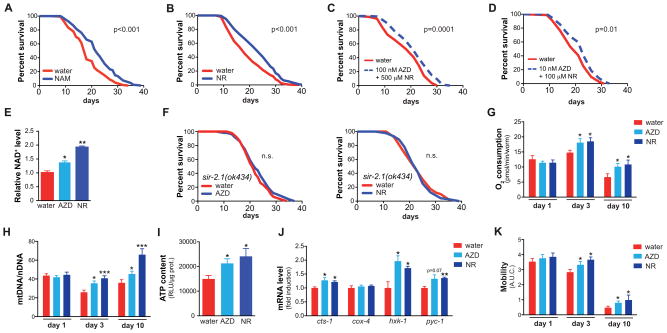Figure 2. PARP inhibitors and NAD+ precursors increase mitochondrial function.
(A–B) Supplementation of the NAD+ precursor NR (500 μM; A) or NAM (200 μM; B) in wild type N2 worms increases lifespan.
(C) Combined treatment using optimal concentrations of AZD2281 (100 nM) and NR (500 μM) extends lifespan (+16%/p=0.02), but not further than the individual compounds (+22%/p=0.0004 and +16%/p=0.01, respectively). Mean lifespans: vehicle: 16.1±0.6 days; 100 nM AZD2281: 19.7±0.8 days; 500 μM NR: 18.7±0.8 days; 100 nM AZD2281+500 μM NR: 18.6±0.7 days.
(D) A combination of sub-optimal doses of AZD2281 (10 nM) and NR (100 μM) extended lifespan (11%/p=0.01), while the individual compounds at these concentrations had no effect on lifespan (+7%/ns and +5%/ns, respectively). Mean lifespans: vehicle: 20.1±0.6 days; 10 nM AZD2281: 21.5±0.7 days; 100 μM NR: 21.1±0.7 days; 10 nM AZD2281+100 μM NR: 22.3±0.7 days.
(E) AZD2281 and NR supplementation increased NAD+ levels in C. elegans.
(F) PARP inhibition by AZD2281 (100 nM) and NR supplementation (500 μM) do not extend lifespan in the sir-2.1(ok434) mutant (n.s = not significant).
(G) Oxygen consumption was increased in day 3 and day 10 adult worms after AZD2281 (AZD; 100 nM) or NR (500 μM) treatment.
(H) AZD2281 and NR increased mitochondrial biogenesis at day 3 and day 10 of adulthood, as evidenced by the increased mtDNA/nDNA ratio.
(I) AZD2281 and NR increased worm ATP levels at day 3 of adulthood.
(J) AZD2281 and NR increased gene expression (day 3 adults) of key metabolic genes cts-1 (TCA cycle), hxk-1 (glycolysis) and pyc-1 (gluconeogenesis), but not that of cox-4.
(K) AZD2281 and NR improved worm fitness at day 3 and 10 of adulthood, as evidenced by measuring worm motility.
Bar graphs are expressed as mean±SEM, * p≤0.05; ** p≤0.01.
See also Figure S2C–D and S3. See Table S1 and S2 for additional detail on the lifespan experiments.

